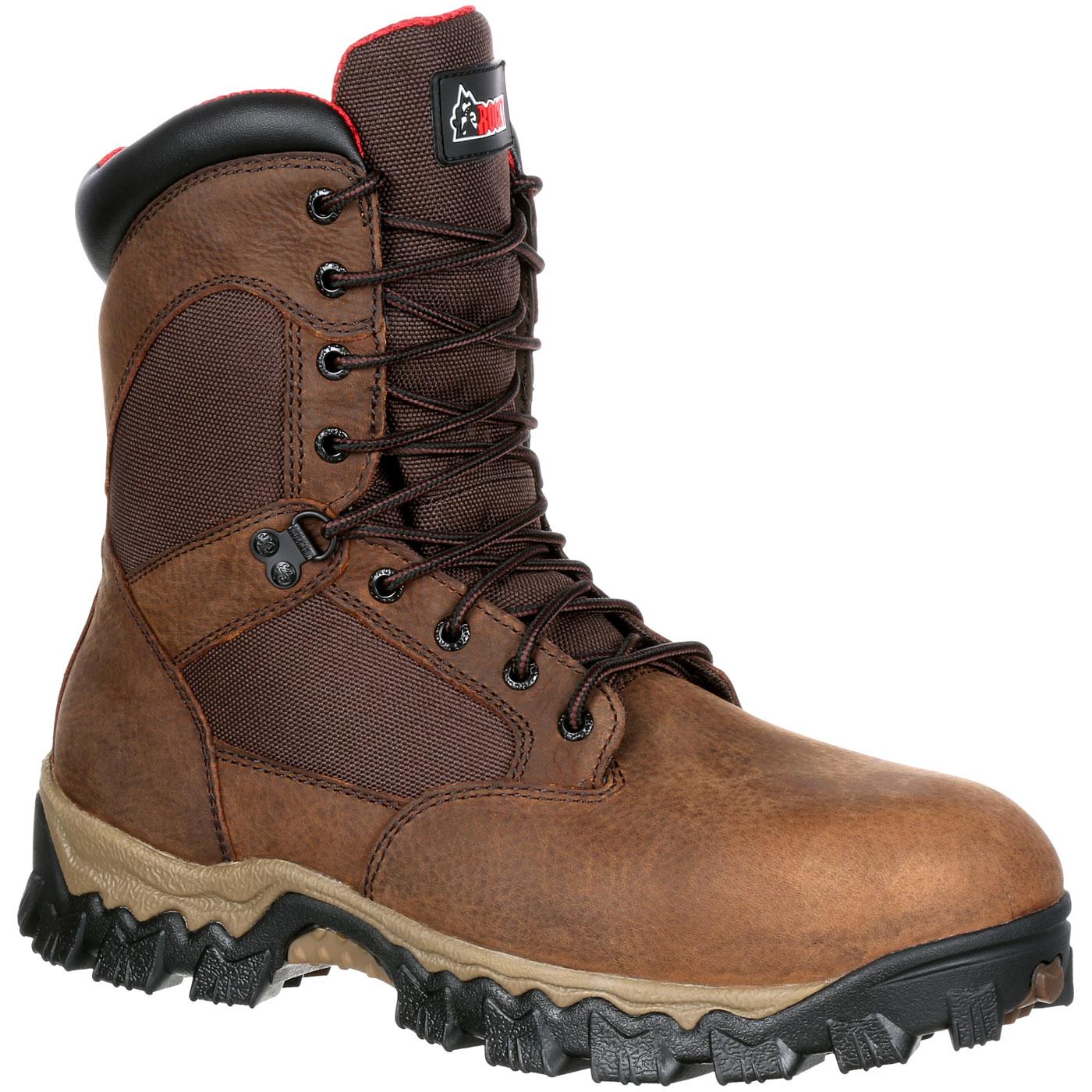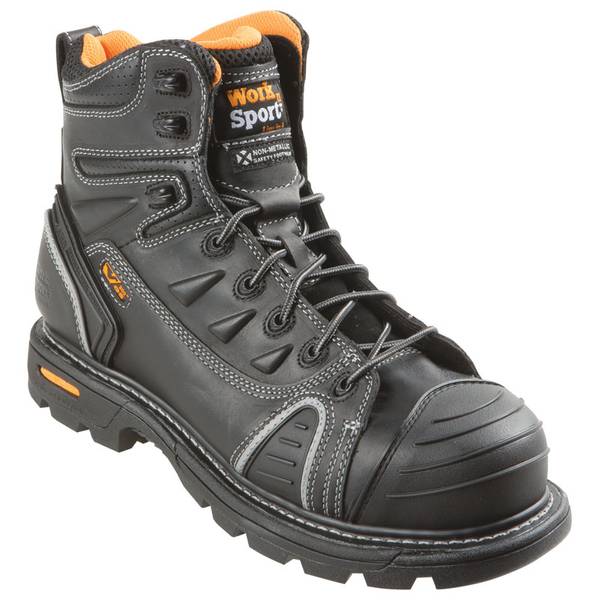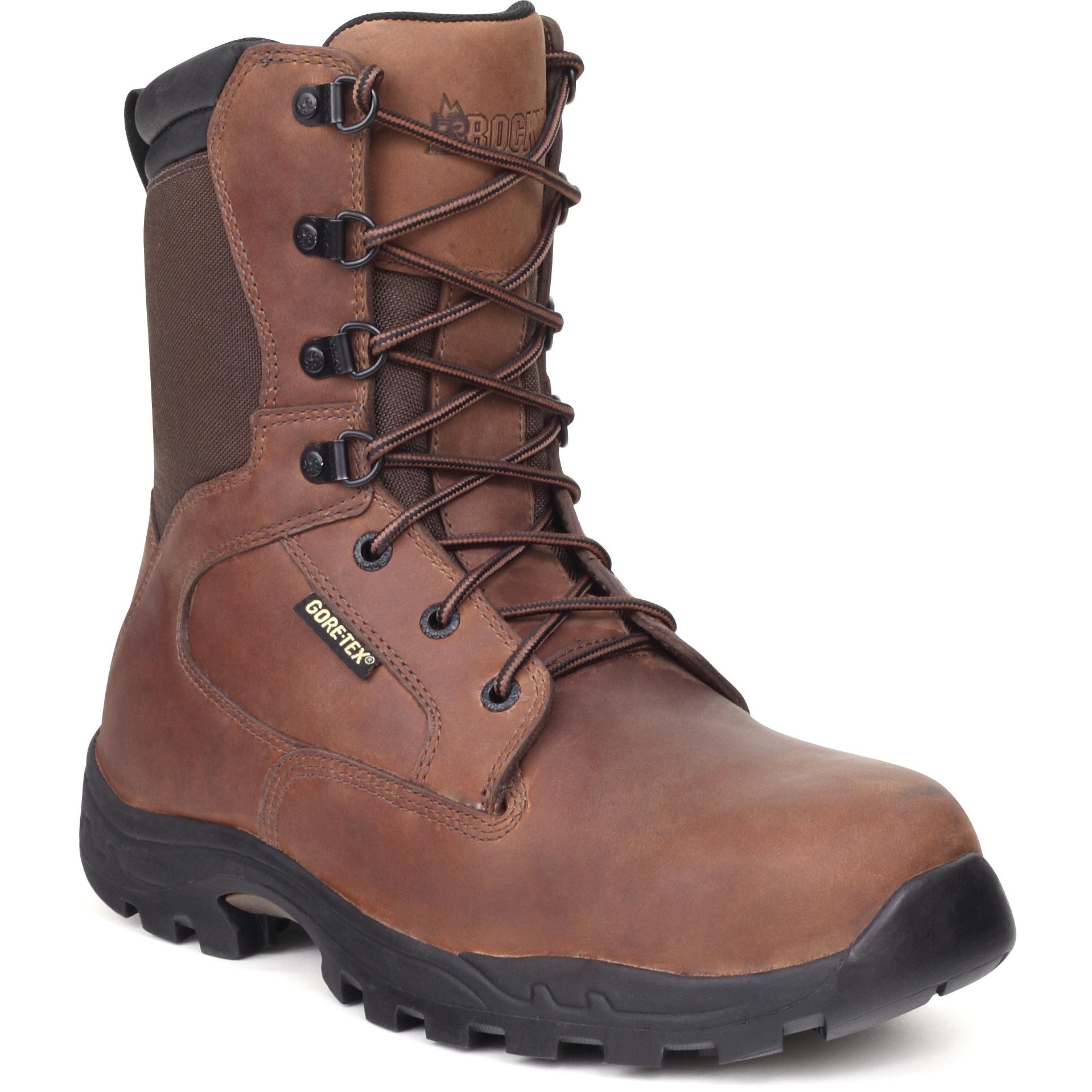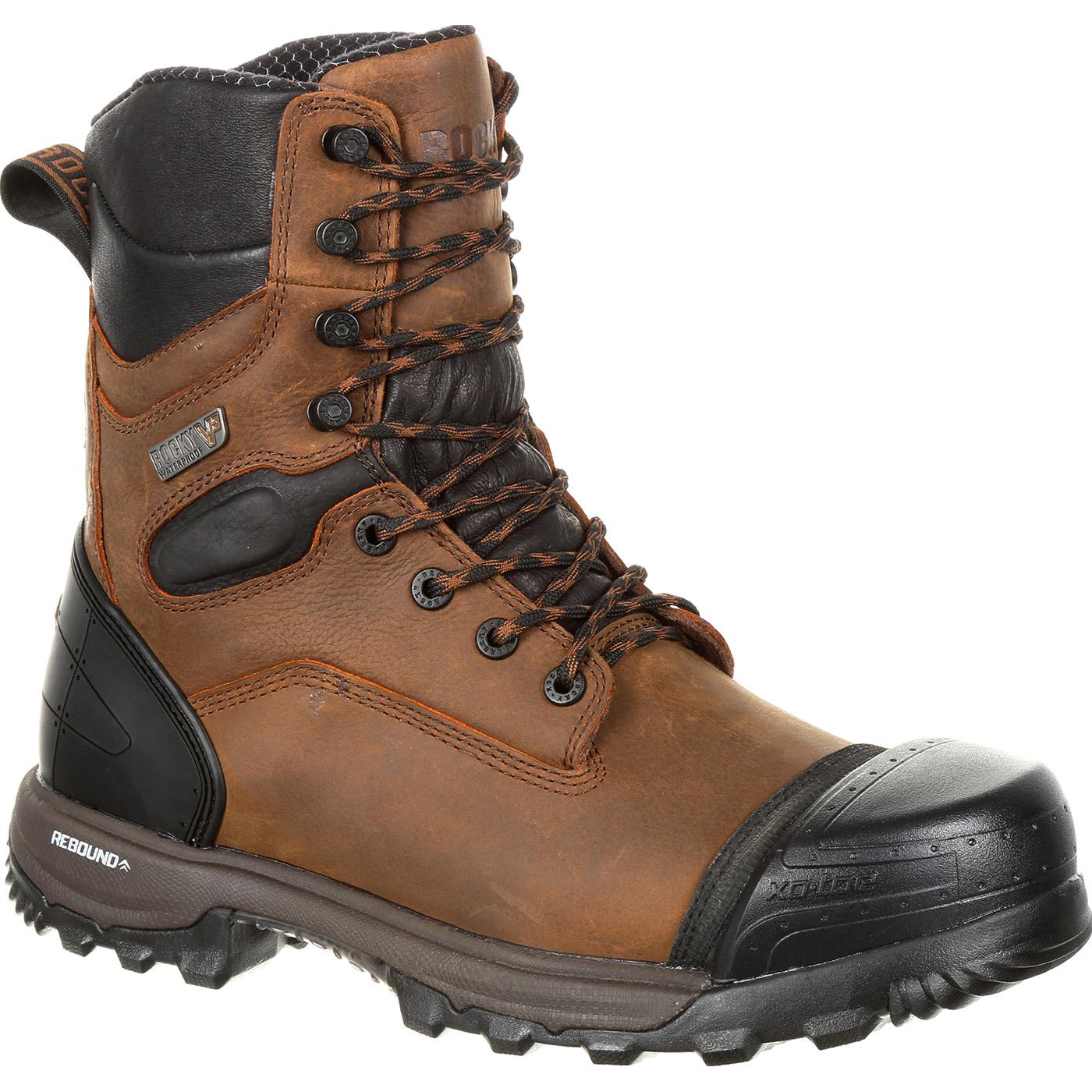Why Safety Meets Style in Modern Work Boots
The work boot industry has undergone a significant transformation over the years, shifting its focus from mere protection to a perfect blend of safety, comfort, and style. This evolution has led to the development of innovative products that cater to the diverse needs of workers across various industries. One such game-changing innovation is the introduction of lightweight composite toe work boots, which have revolutionized the way workers approach their jobs. By providing a unique combination of protection, comfort, and style, these boots have become an essential component of many workers’ daily attire. As the demand for high-quality work boots continues to rise, it’s essential to understand the importance of safety features without compromising on comfort and style.
What Makes Composite Toe Work Boots a Better Choice?
In recent years, composite toe work boots have gained popularity as a superior alternative to traditional steel toe boots. The primary advantage of composite toe work boots lies in their lighter weight, which reduces fatigue and discomfort, allowing workers to stay focused and productive throughout their shift. Additionally, these boots offer improved comfort, thanks to their ergonomic design and cushioning, making them ideal for workers who spend extended periods on their feet. Perhaps most importantly, composite toe work boots provide equal or better protection than their steel counterparts, ensuring workers’ safety without compromising on comfort. Industries that can particularly benefit from these boots include construction, manufacturing, and warehousing, where workers often face hazardous conditions and require reliable protection. By understanding the benefits of composite toe work boots, workers can make an informed decision when selecting the right footwear for their job.
How to Choose the Right Lightweight Composite Toe Work Boots for Your Job
Selecting the perfect lightweight composite toe work boots for your job requires careful consideration of several factors. First, it’s essential to assess your job requirements, including the level of protection needed, the type of terrain you’ll be working on, and any specific regulations or standards that must be met. Next, consider your foot type, as a comfortable fit is crucial for optimal performance. Personal preferences, such as style, color, and brand, should also be taken into account. Popular brands like Thorogood and Dr. Martens offer a range of lightweight composite toe work boots that cater to different needs and preferences. When choosing the right boots, look for features such as breathable materials, slip-resistant soles, and adjustable lacing systems. Additionally, consider the weight and flexibility of the boots, as well as any additional features that may be required for your specific job, such as electrical hazard protection or insulation. By following these steps, you can find the perfect lightweight composite toe work boots to help you perform at your best.
Top Picks: Lightweight Composite Toe Work Boots for Every Budget
When it comes to selecting the right lightweight composite toe work boots, there are numerous options available to suit different budgets and preferences. For those on a tighter budget, the Timberland PRO Boondock offers excellent value, featuring a rugged outsole, breathable mesh panels, and a comfortable, cushioned insole. At the higher end of the spectrum, the Dr. Martens Ironbridge boasts a sleek, industrial design, with a lightweight composite toe cap and a durable, slip-resistant sole. Other top-rated options include the Thorogood American Made Work Boot, which combines a rugged, Made-in-USA design with advanced comfort features, and the Carhartt CMF6371, which offers a rugged, waterproof design with a comfortable, cushioned insole. When choosing the right lightweight composite toe work boots for your job, consider factors such as protection, comfort, and durability, as well as your budget and personal preferences. By reviewing and comparing top-rated options, you can find the perfect pair of light composite toe work boots to meet your needs and help you perform at your best.
Breaking Down the Anatomy of a Lightweight Composite Toe Work Boot
When it comes to understanding the benefits of lightweight composite toe work boots, it’s essential to delve into their design and construction. These boots typically feature a composite toe cap made from materials such as carbon fiber, Kevlar, or fiberglass, which provides equal or better protection than traditional steel toe boots while being significantly lighter. The upper portion of the boot is often made from breathable materials like mesh or leather, allowing for airflow and moisture management. Ergonomic design plays a crucial role in the comfort and performance of lightweight composite toe work boots, with features like cushioned insoles, padded collars, and flexible midsoles providing support and flexibility. Additionally, many modern lightweight composite toe work boots incorporate advanced technology, such as slip-resistant outsoles and electrical hazard protection, to provide comprehensive protection for workers in various industries. By understanding the anatomy of a lightweight composite toe work boot, workers can make informed decisions when selecting the right pair for their job, ensuring optimal comfort, protection, and performance.
Debunking Common Myths About Composite Toe Work Boots
Despite their growing popularity, lightweight composite toe work boots are still surrounded by misconceptions and myths. One common myth is that they offer inferior protection compared to traditional steel toe boots. However, numerous studies and tests have proven that composite toe work boots can provide equal or better protection against impact and compression. In fact, many composite toe work boots meet or exceed ASTM and ANSI safety standards. Another myth is that composite toe work boots are less durable than their steel toe counterparts. While it’s true that some early composite toe work boots may have had durability issues, modern designs and materials have largely addressed these concerns. Many top brands, such as Thorogood and Dr. Martens, offer lightweight composite toe work boots with durable outsoles and high-quality materials that can withstand the rigors of heavy use. By understanding the facts and debunking these myths, workers can make informed decisions when selecting the right pair of light composite toe work boots for their job, ensuring optimal comfort, protection, and performance.
Real-Life Applications: Industries That Benefit from Lightweight Composite Toe Work Boots
Lightweight composite toe work boots are not just a novelty; they have real-world applications in various industries where safety, comfort, and performance are paramount. In the construction industry, for instance, workers often face hazardous conditions, such as falling objects, electrical hazards, and slippery surfaces. Lightweight composite toe work boots can provide the necessary protection without compromising on comfort, allowing workers to focus on their tasks without fatigue. In manufacturing and warehousing, workers may be required to stand for long periods, walk on uneven surfaces, or lift heavy objects. Light composite toe work boots can help reduce the risk of foot injuries, improve mobility, and enhance overall productivity. Additionally, industries like oil and gas, mining, and emergency response can also benefit from the unique advantages of lightweight composite toe work boots. By understanding the specific challenges faced by workers in these industries, employers can make informed decisions when selecting the right pair of light composite toe work boots, ultimately leading to a safer, more efficient, and more productive workforce.
The Future of Work Boots: Trends and Innovations to Watch
The work boot industry is on the cusp of a revolution, driven by advancements in materials, design, and technology. One of the most significant trends shaping the future of light composite toe work boots is the integration of sustainable materials. Eco-friendly materials, such as recycled rubber and organic fabrics, are being used to create more environmentally responsible work boots. Another area of innovation is the incorporation of wearable technology, such as sensors and tracking devices, to enhance worker safety and performance. Additionally, 3D printing is being explored as a means to create customized, ergonomic work boots that provide a precise fit and optimal support. Furthermore, researchers are developing new composite materials that are even lighter, stronger, and more durable than existing options. As these trends and innovations continue to evolve, they will likely shape the future of light composite toe work boots, providing workers with even more advanced, comfortable, and protective footwear options. With the increasing demand for safety, comfort, and style, it’s exciting to think about what the future holds for light composite toe work boots.








